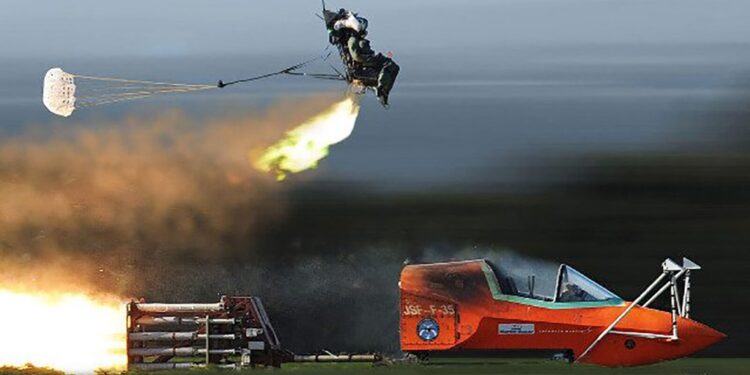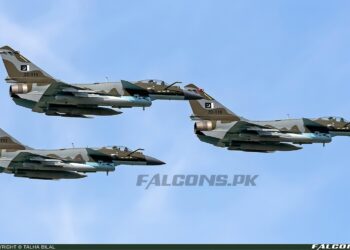By Boyko Nikolov
The front section of Turkey’s locally developed KAAN fighter jet, including the cockpit, has been transported to the United Kingdom, according to Turkish insiders. This move is strategic, as it aids in the incorporation of British-made ejection seats into the jet.
Turkish Defense Ministry sources reveal that the preliminary mechanical tests of the KAAN ejection seat have proven successful. Temel Kotil, the Chief Executive Officer of Turkish Aerospace Industries, informed the press about the ongoing mechanical assessment of the KAAN model.
He emphasized Turkey’s commitment to adhering to the established schedule, stating that “the calendar continues”. He further relayed the plans to make the inaugural flight within the year and confirmed the procurement of the ejection seats from Britain. He added that the tests are presently being conducted in England.
Kotil further stated that a preliminary portion of the KAAN has been transported to Britain for testing purposes. He elaborated on the two-launch strategy, assuring that this process surely enables the pilot’s safe recovery if an unforeseen mishap occurs during a flight. He expressed his and his team’s excitement about the continuity of the program and lauded the companies involved for their hard work.
The birth of the initial conditions, termed T0, for the KAAN National Combat Aircraft occurred in 2018. Subsequently, Phase 1 witnessed the execution of preliminary design activities for KAAN, stretched across the timeframe of 2018 to 2022.
Continuing sequentially, Phase-1 was followed by Phase-2 where detailed design and qualification activities for MMU KAAN were conducted, a phase projected to last till 2029. Remarkably, as early as 2023, KAAN had already vacated the hangar, aiming to construct three prototypes by 2026.
The Air Force Command eagerly anticipates the delivery of the Block-10 configuration by 2029. Under the umbrella of Phase-2, the Turkish Air Force will receive ten TF-X Block-1 combat aircraft between 2030-2033. However, Turkish Aerospace Industries [TAI] has now rescheduled this delivery date to 2028.
Phase 3, set to command the period from 2034-2040, will see the evolution and mass production of other TF-X blocks. In a recent update, TAI has brought forward this timeline to commence in 2030.
Martin-Baker ejection seats have established itself as a reputable name in their industry, known for its quality and safety. As of now, official details about the exact model to be integrated into KAAN remain undisclosed. There is a possibility, however, of a specialized model being developed, akin to the custom model designed for the US F-35 fighter jets — the Mk16 – US16E, which is projected to form the foundation for the touring KAAN.
The System Development & Demonstration [SDD] Ejection Seat, picked by Lockheed Martin Aeronautics Company, represents an evolution of the successful Mk16 class. This class had demonstrated effectiveness in multiple platforms such as the T-6 Texan II, Eurofighter Typhoon, NASA T-38N, USAF T-38 upgrade programs, and several other aircraft platforms across the globe.
With the US16E Ejection Seat, a new level of strategic balance has been achieved among critical parameters, which include safe terrain clearance limits, physiological loading limits, pilot boarding mass, and anthropometric accommodation ranges. This careful balancing act ensures complete compliance with the F-35 Escape System requirements. Also worth noting is that the US16E will be universally applicable to all F-35 aircraft variants.
Uniquely, the US16E stands as the solitary Qualified Ejection Seat that succeeds in meeting the US Government Neck Injury Criteria [NIC] across various pilot accommodation scopes.
Running to date, Martin-Baker has efficiently delivered over 130 Ejection Seats to Lockheed Martin, with the LRIP V consignments wrapped up in October 2013. The manufacturing phases for injection seats for LRIP VI and VII have already begun.






